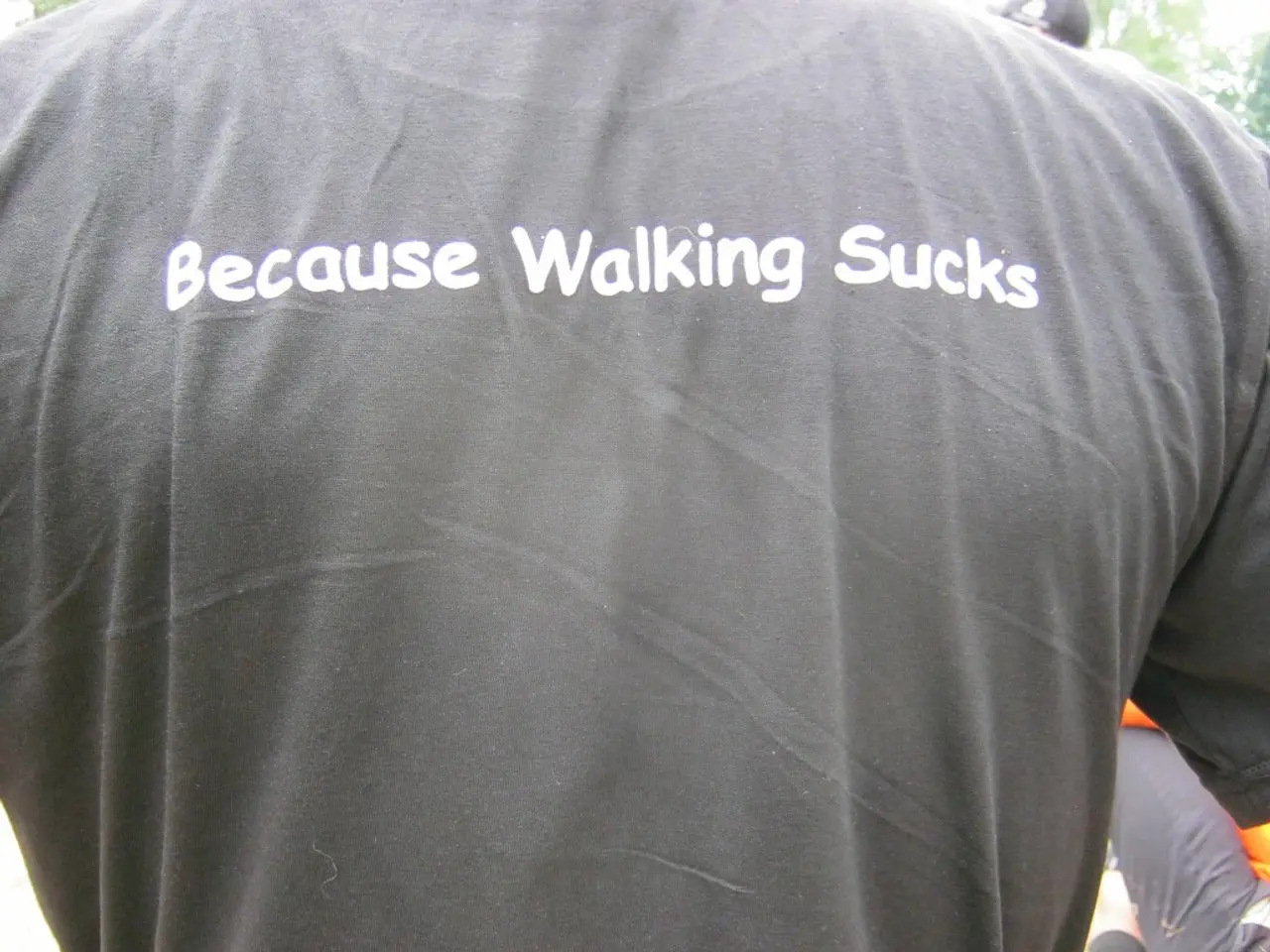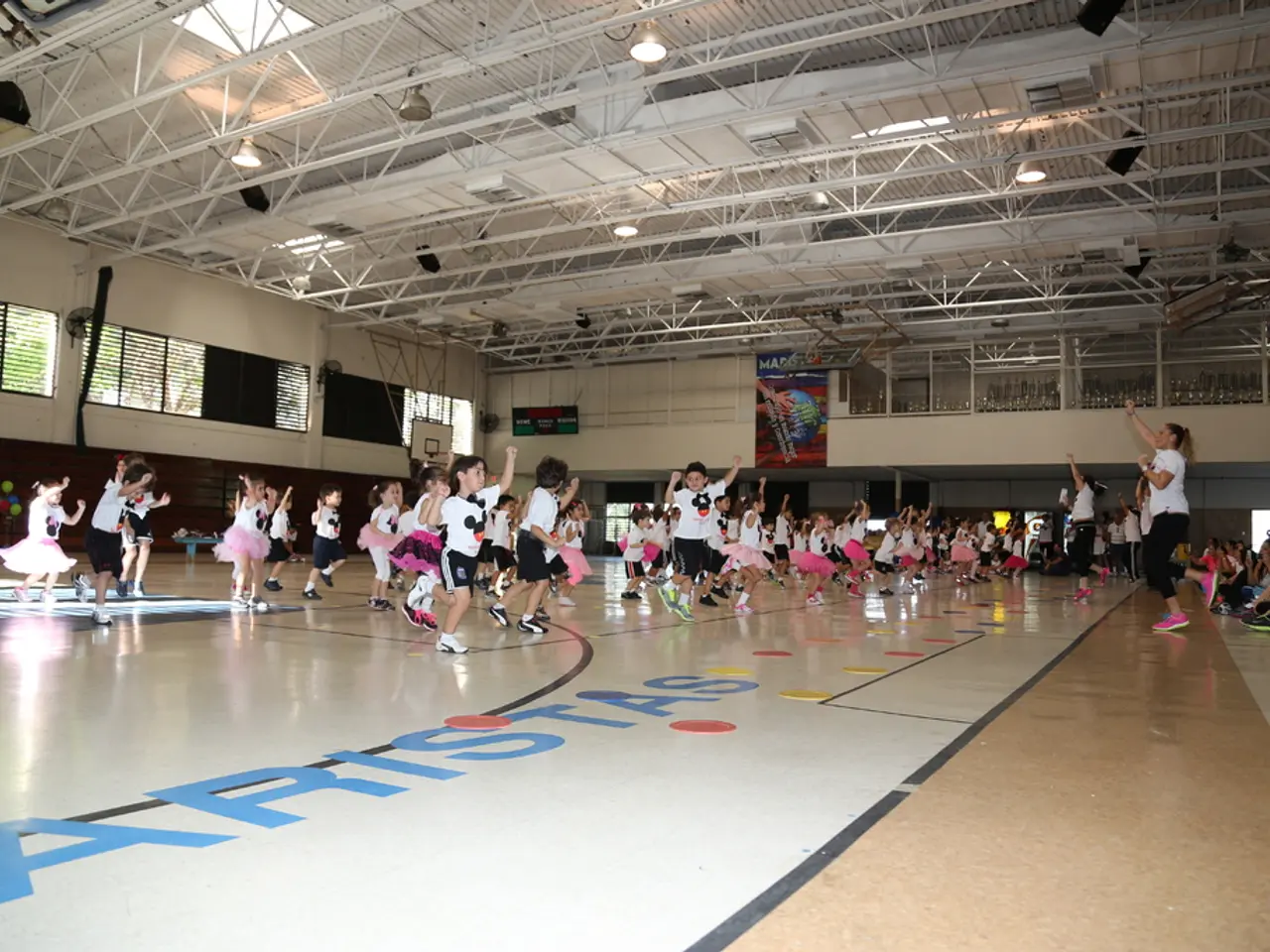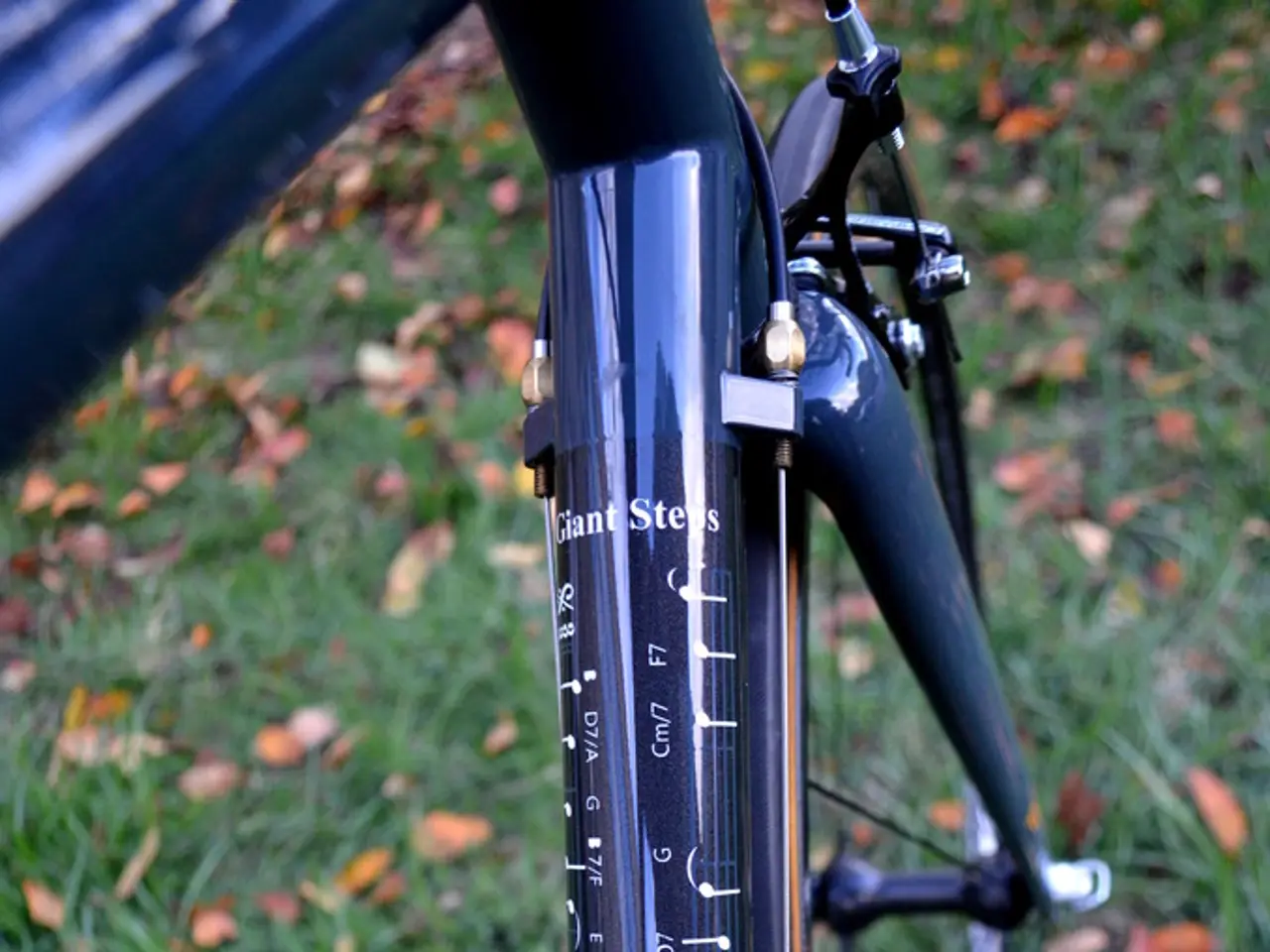Optimal Stride Speed Discovered for Prolonged Lifespan and Improved Health
## New Study Suggests Faster Walking Speeds Improve Health for Older Adults
A recent study conducted by the University of Chicago has shed light on the benefits of increasing walking speed for older adults, particularly those who are frail or at risk of becoming frail. The study involved 102 participants across 14 retirement homes and a four-month structured walking program.
The research, led by Dr. Daniel Rubin, a medical doctor and assistant professor of anesthesia and critical care at the University of Chicago, aimed to provide objective guidance on improving walking pace for older adults. Previous guidance had been subjective and difficult to measure, making it challenging for older adults to know if they were walking fast enough to reap the health benefits.
Participants were divided into two groups: those who walked at their usual pace and those who were encouraged to walk as fast as safely possible. The high-intensity walking group managed to increase their walking speed by an average of 14 steps per minute, achieving cadences of around 100 steps per minute compared to 77 steps per minute in the casual group.
The findings suggest that walking faster could be an effective intervention for improving the health of older adults. Those who walked at least 14 steps per minute faster than their usual walking speed seemed to reap the most rewards in terms of reduced frailty. By the end of the intervention, the walking speed of each adult was measured while they walked for six minutes.
While specific guidelines from Dr. Daniel Rubin's study are not yet available, the general principle of increasing physical activity, such as walking at a brisk pace where possible, is widely recognized as beneficial for improving health and longevity in older adults. To increase walking cadence, one should add five to 10 steps per minute beyond their comfortable pace.
For those looking to measure their walking speed at home, an app is currently being developed, or a metronome can be used to find one's usual walking pace. The aim is for older adults to use this guidance to boost their heart health and continue doing the things they want to do.
[1] The study was published in the Journal of Gerontology: Medical Sciences.
- The study conducted by Dr. Daniel Rubin at the University of Chicago focuses on science related to health-and-wellness, particularly aging.
- The research involves space for improvement in fitness-and-exercise among older adults, with a four-month structured walking program as an intervention.
- The study's findings indicate that increasing walking speed more than 14 steps per minute can contribute positively to reducing frailty and improving health in older adults.
- To further this science of better health outcomes, an app is being developed to help older adults measure and boost their walking cadence at home.




